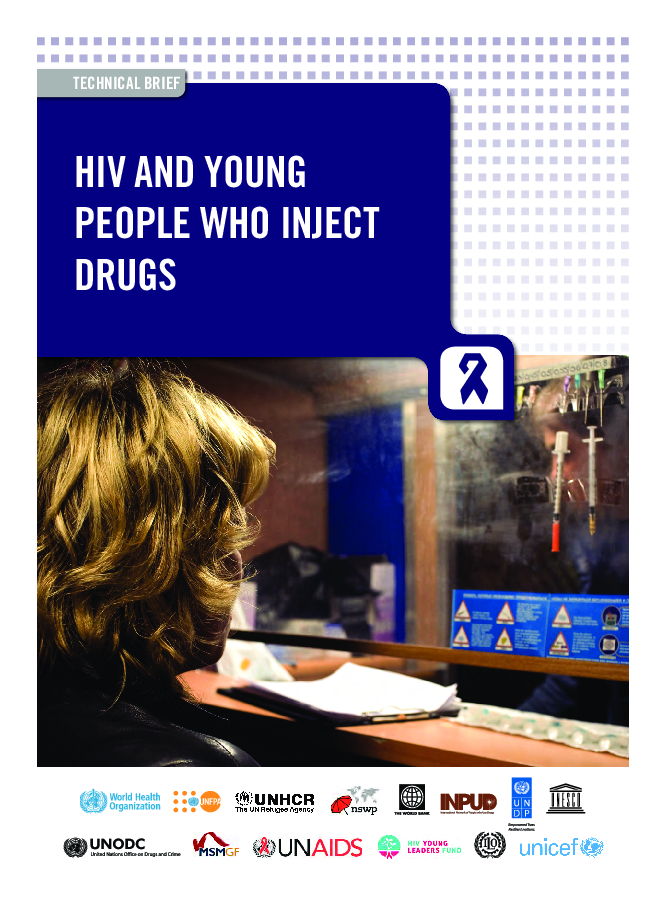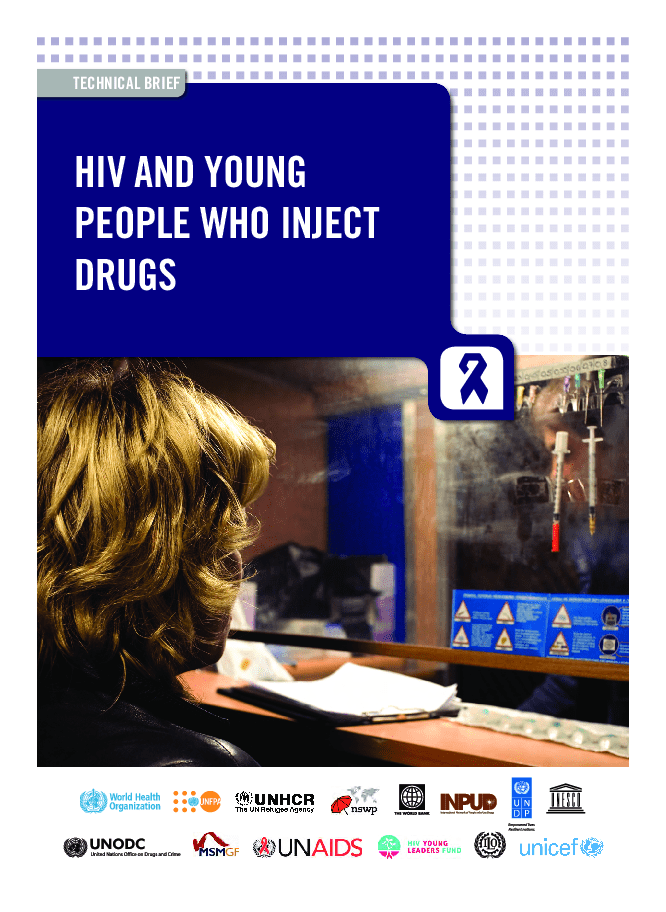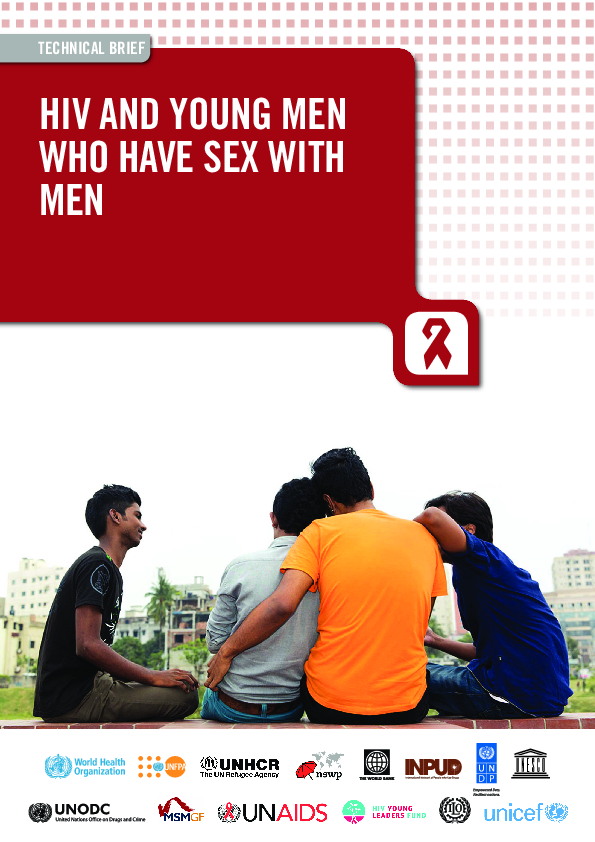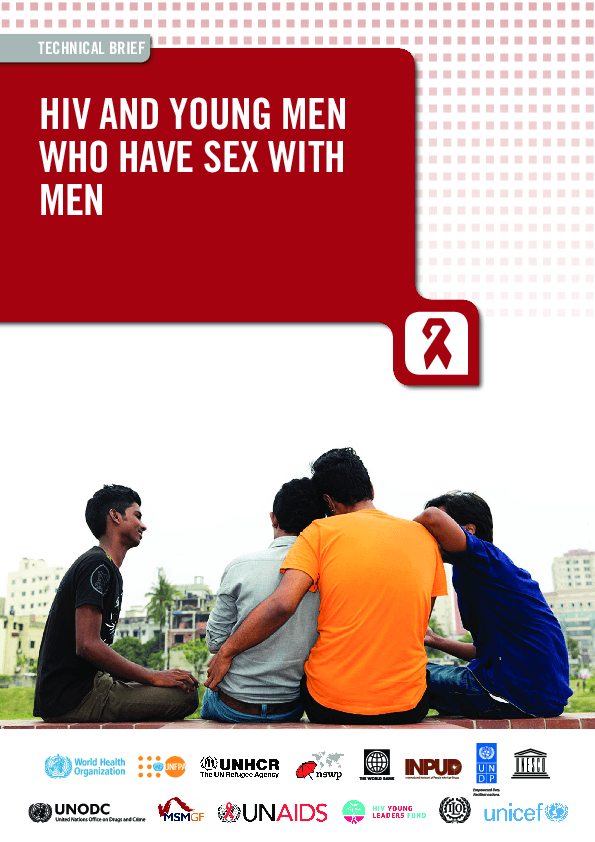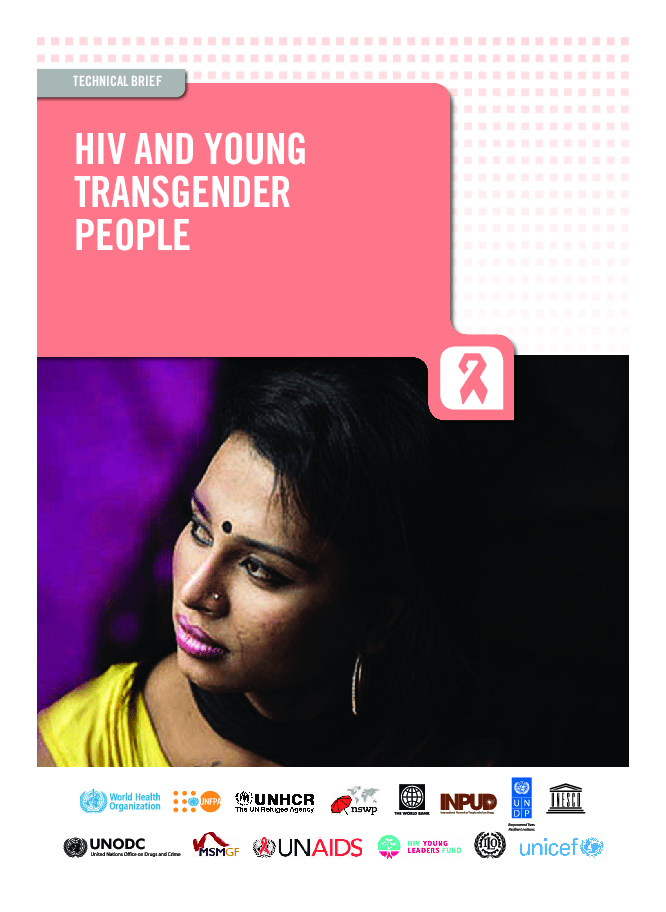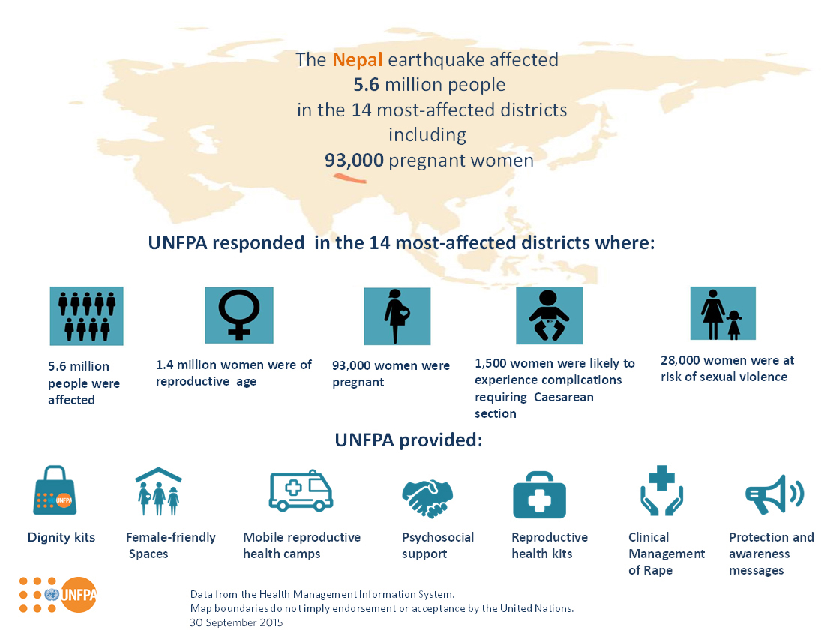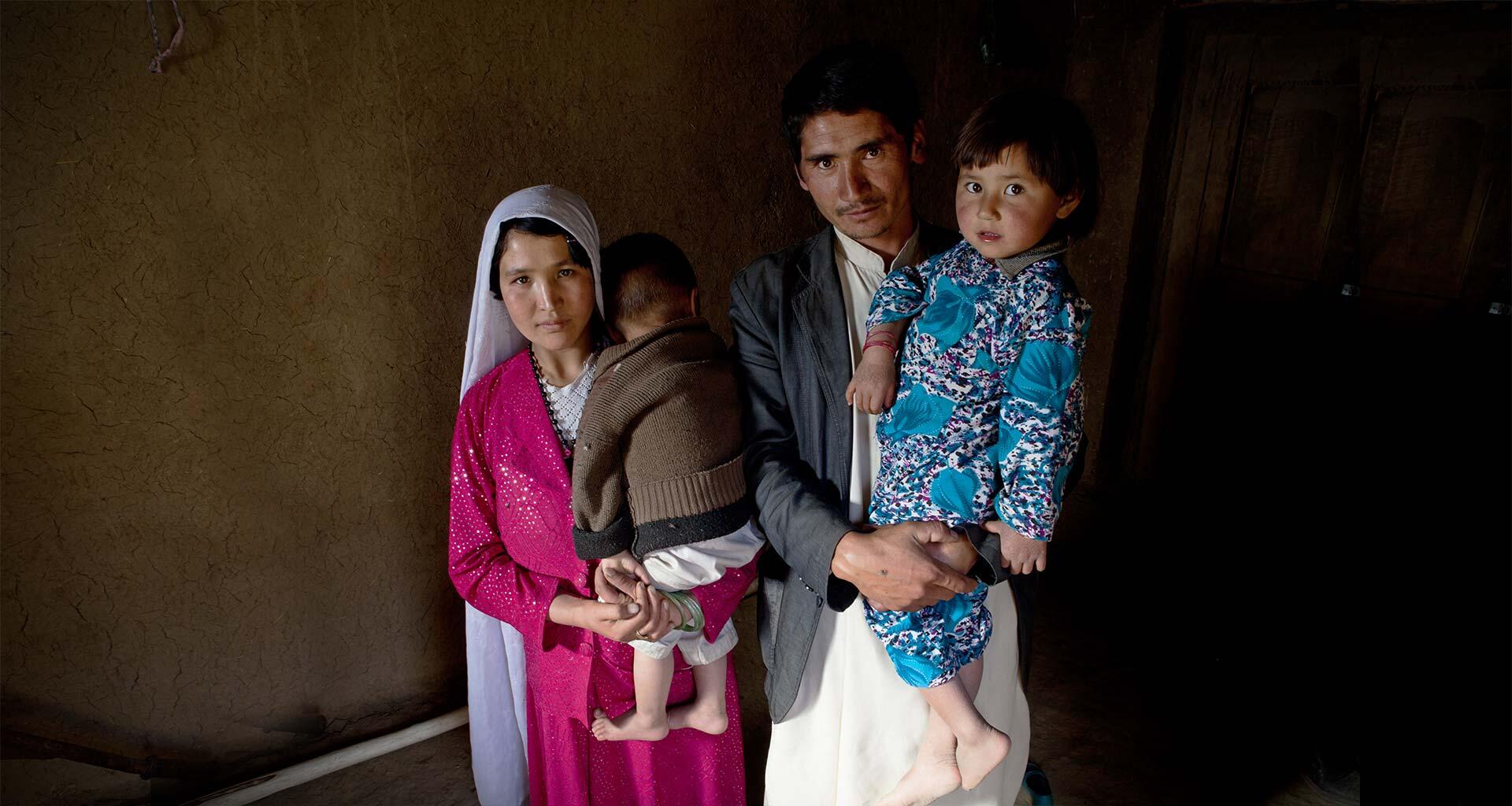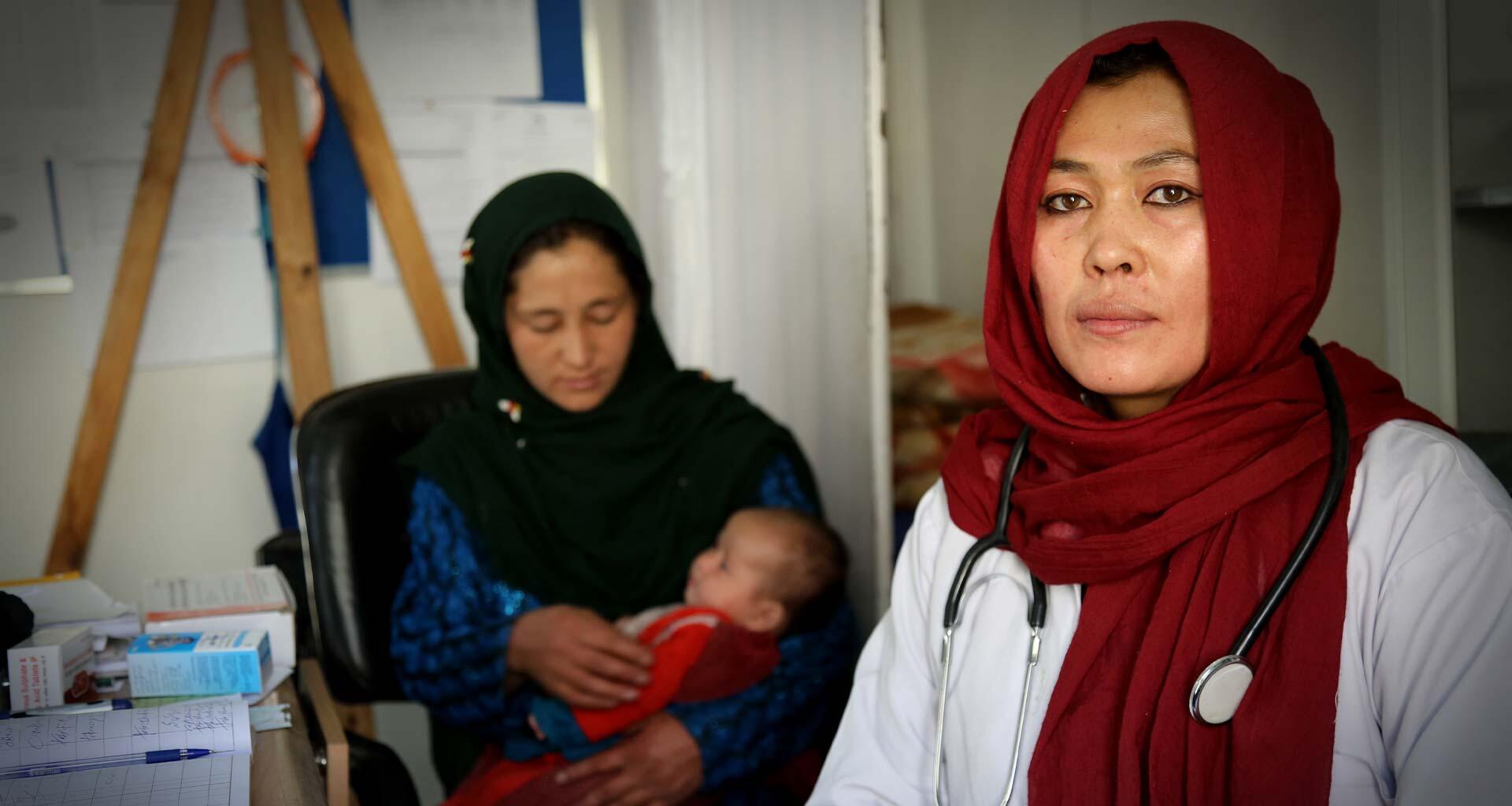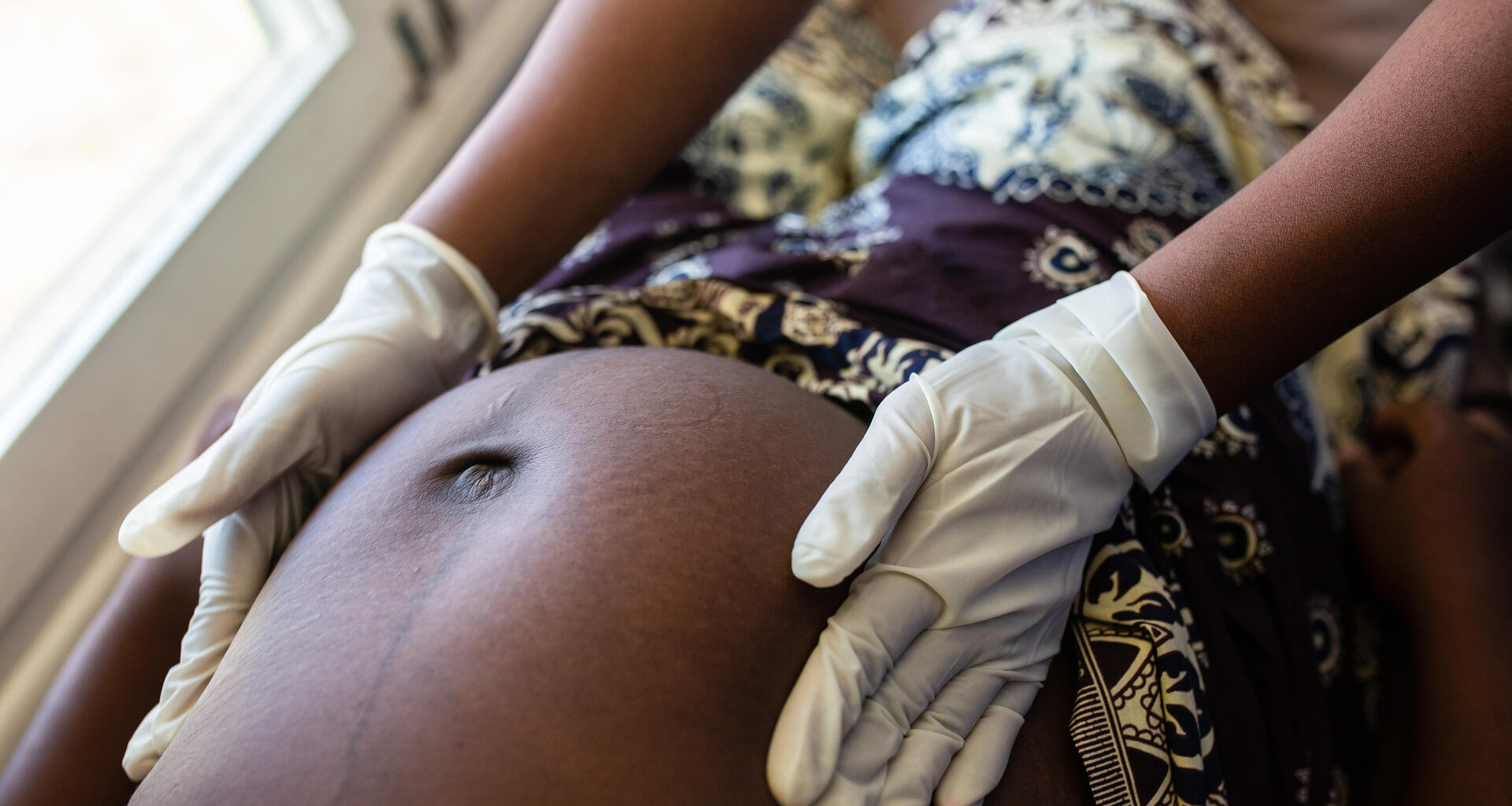Good sexual and reproductive health is a state of complete physical, mental and social well-being in all matters relating to the reproductive system. It implies that people are able to have a satisfying and safe sex life, the capability to reproduce and the freedom to decide if, when, and how often to do so. To maintain one’s sexual and reproductive health, people need access to accurate information and the safe, effective, affordable and acceptable contraception method of their choice. They must be informed and empowered to protect themselves from sexually transmitted infections. And when they decide to have children, women must have access to skilled health care providers and services that can help them have a fit pregnancy, safe birth and healthy baby. Every individual has the right to make their own choices about their sexual and reproductive health. UNFPA, together with a wide range of partners, works toward the goal of universal access to sexual and reproductive health and rights, including family planning.
Reproductive health and development
UNFPA works to ensure sexual and reproductive health and rights remain at the very centre of development. The International Conference on Population and Development draws a clear connection between reproductive health, human rights and sustainable development. When sexual and reproductive health needs are not met, individuals are deprived of the right to make crucial choices about their own bodies and futures, with a cascading impact on their families’ welfare and future generations. And because women bear children, and also often bear the responsibility for nurturing them, sexual and reproductive health and rights issues cannot be separated from gender equality. Cumulatively, the denial of these rights exacerbates poverty and gender inequality.
Key concerns
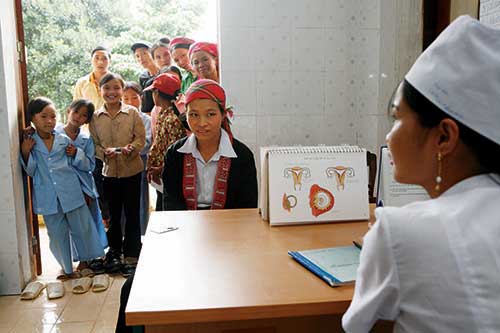
This is seen most acutely in developing countries, where sexual and reproductive health problems are a leading cause of ill health and death for women and girls of childbearing age. Impoverished women suffer disproportionately from unintended pregnancies, unsafe abortion, maternal death and disability, sexually transmitted infections (STIs), gender-based violence, and other problems related to pregnancy and childbirth.
Young people are also extremely vulnerable, often facing barriers to sexual and reproductive health information and care. Young people are disproportionately affected by HIV, for example, and every year millions of girls face unintended pregnancies, exposing them to risks during childbirth or unsafe abortions and interfering with their ability to go to school. Adolescent sexual and reproductive health is therefore another important focus of UNFPA’s work.
UNFPA also works to prevent and address STIs, which take an enormous toll around the world. More than a million people acquire an STI every single day. Without diagnosis and treatment, some STIs, such as HIV or syphilis, can be fatal. STIs can also cause pregnancy-related complications, including stillbirth, congenital infections, sepsis and neonatal death. STIs like human papillomavirus (HPV) can lead to pelvic inflammatory disease, infertility and cervical cancer, a major killer of women.
A life cycle approach
Sexual and reproductive health is a lifetime concern for both women and men, from infancy to old age. Evidence shows that reproductive health in any of these life stages has a profound effect on one's health later in life. UNFPA supports programmes tailored to what people face at different times in their lives, including comprehensive sexuality education, family planning, pre-conception care, antenatal and safe delivery care, post-natal care, services to prevent sexually transmitted infections (including HIV), and services facilitating preventive screening, early diagnosis and treatment of reproductive health illnesses including breast and cervical cancer.
To support sexual and reproductive health throughout the life cycle, services across a variety of sectors must be strengthened, from health, including the health workforce, to education systems to even transport systems, which are required to ensure health care is accessible. And all efforts to support sexual and reproductive health service delivery rely on skilled health care providers who can provide timely, high-quality and respectful care that is also affordable and accessible, functional health infrastructure, integration with other services and the availability of essential health supplies such as contraceptives, life-saving medicines and basic medical equipment.
UNFPA’s work
UNFPA's work on improving sexual and reproductive health is a key effort towards achieving Sustainable Development Goal 3, which calls for good health and well-being. It also advances Goal 5, which calls for gender equality, as well as many of the other goals included in the 2030 Agenda.
UNFPA works with governments, other UN agencies, civil society and donors to develop comprehensive efforts to ensure universal access to sexual and reproductive health care. UNFPA advocates for integrating the delivery of these services into primary health care, so it is as accessible as possible. This means, for instance, that a woman could address her family planning, antenatal care, HIV testing and general health needs all in one place.
UNFPA is also working with governments and communities to strengthen health systems, including supporting the implementation of reproductive health programmes, improving the quality of reproductive health care and strengthening human resources. UNFPA also works to make sure reproductive health commodities are available where needed, and that a functioning logistics system is in place. The Maternal Health Thematic Fund and UNFPA Supplies are just two examples of UNFPA’s work in strengthening health systems and quality services.
While strengthening national systems, UNFPA also puts special emphasis on increasing access for disadvantaged groups, including young people, the urban poor, rural communities, indigenous populations and women and girls with disabilities.
Updated 04 April 2022
Latest
Publications
HIV and young men who have sex with men
Publications
